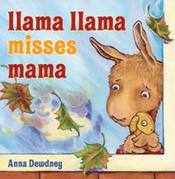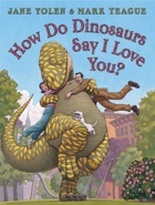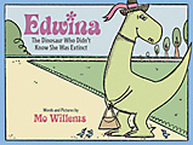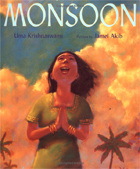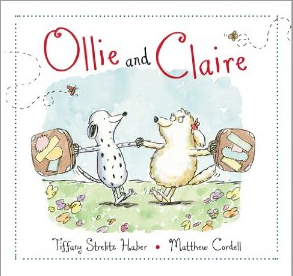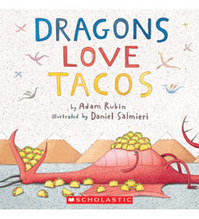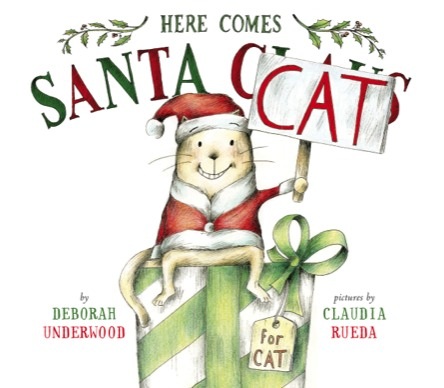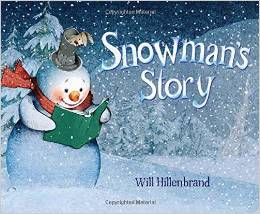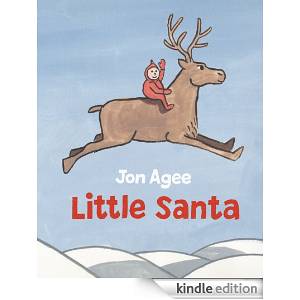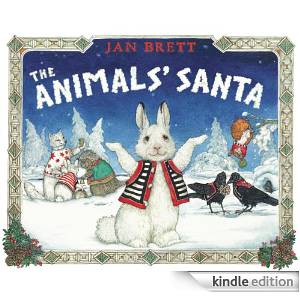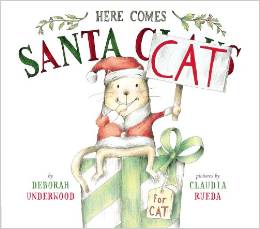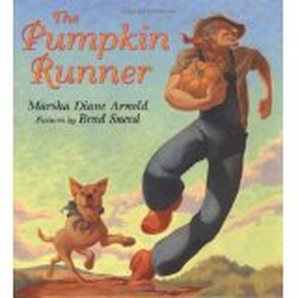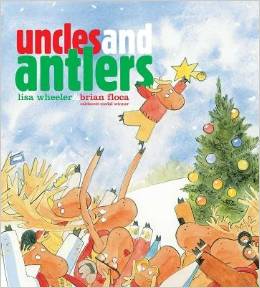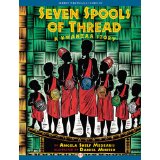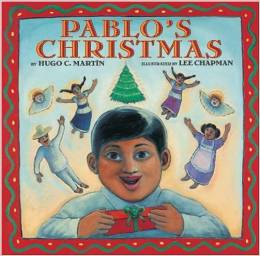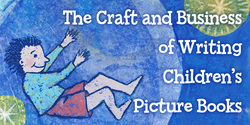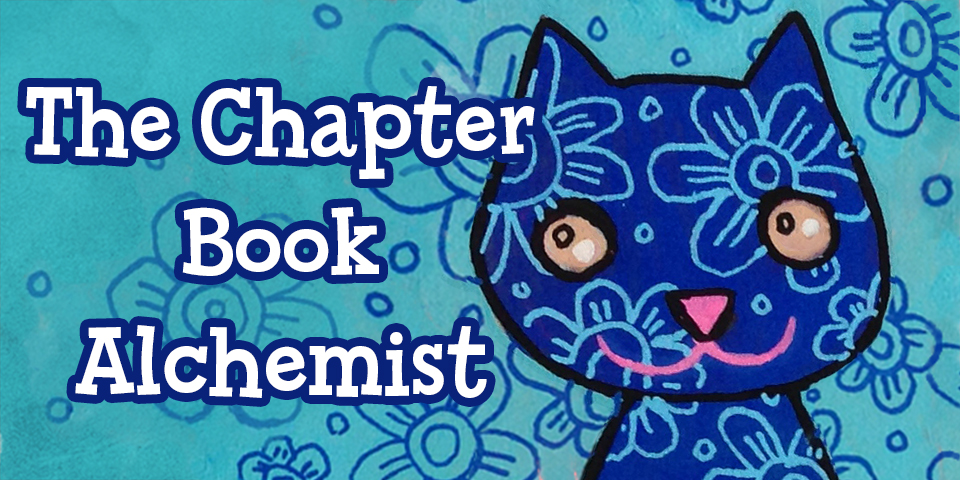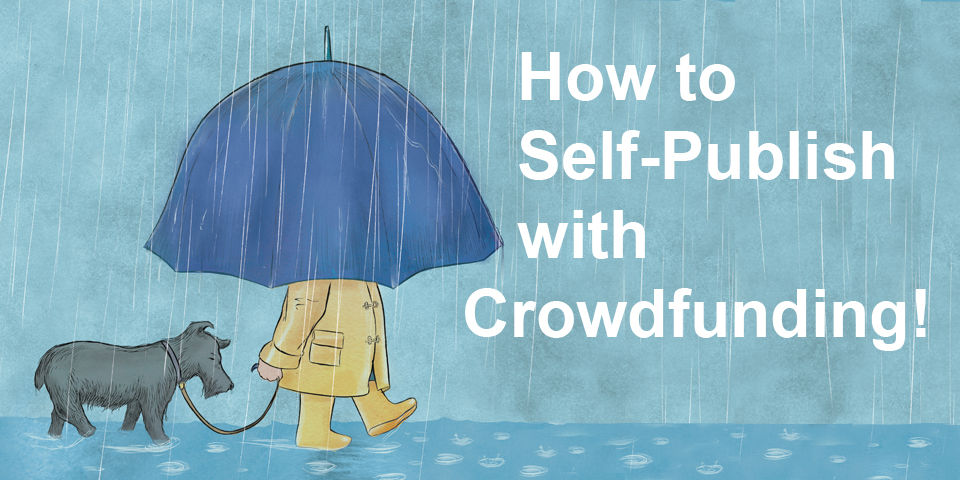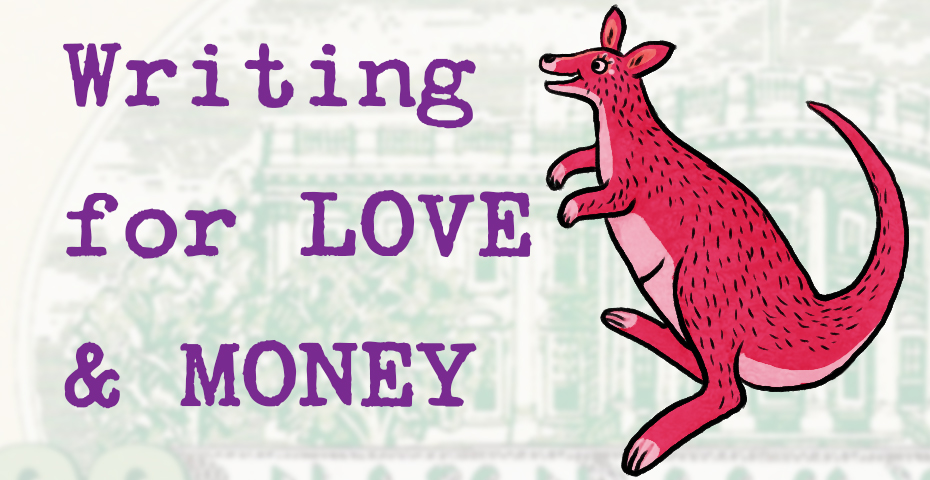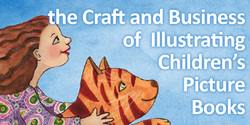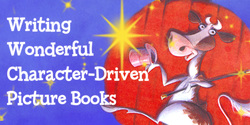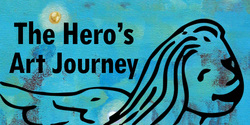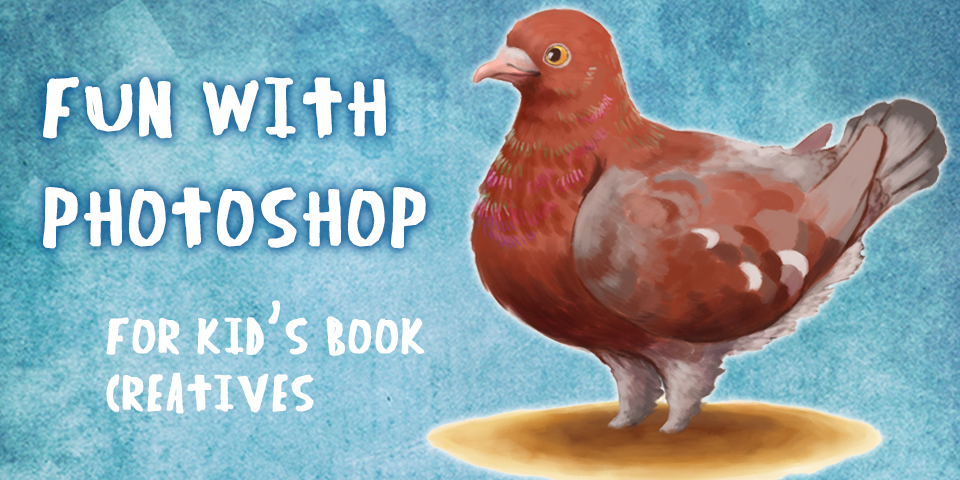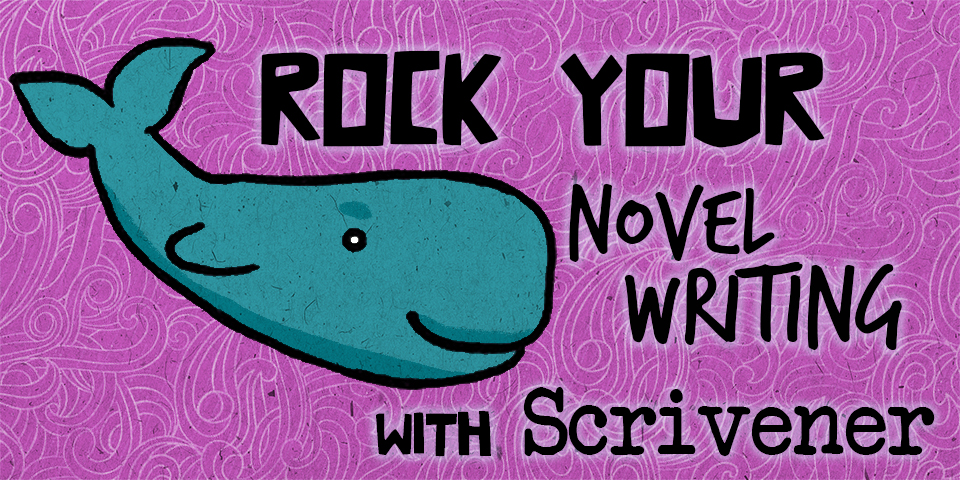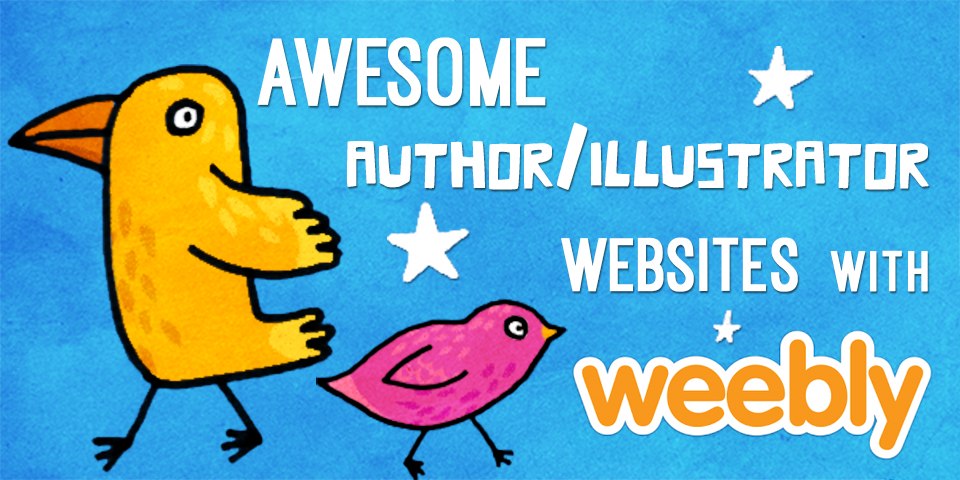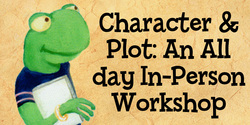|
I’ve discovered that some of my favorite tips for parenting kids can also energize my writing for kids. Perhaps you’ll find something here that will help you raise your little manuscripts into fully-fledged, awesome books. 1) Yell less. Kids do not like being yelled at. Sometimes writers have an agenda. We want to TEACH kids something. Right? But starting a manuscript with a lesson in mind can make for a preachy story. Consider instead simply writing a story. Write a character. Write something funny. In the end, there will almost always be an underlying universal truth. And kids will learn. Without all the yelling. Great examples of books that teach without yelling include the Llama Llama Series by Anna Dewdney and Jane Yolen’s Dinosaur series. Another phenomenal one is Mo Willems' Edwina The Dinosaur Who Didn't Know She Was Extinct. 2) Turn some music on! Music can soothe the soul and open the mind. Adding music to stories can draw readers back again and again, and allow them to make deeper connections. Add music through poetic techniques; pleasing rhythm, an underlying beat, onomatopoeia, alliteration, luscious language and on and on. You may even consider rhyme! But if you do, it is critical to study rhyme and poetry first. As an incredible example of a (non-rhyming) poetic picture book, I recommend Monsoon by Uma Krishnaswami. An equally fabulous musical book is Extra Yarn by Mac Barnett. It has lovely language with a repeating phrase that moves you through the story. For good old-fashioned rhyming fun, see Ollie and Claire by Tiffany Strelitz Haber. Start listening for music in books. And in time, you might start making your own. 3) Use humor to diffuse tension and create fun. Kids live to laugh. They build stronger connections when they get to let loose. Pay attention to what makes kids laugh. Better yet, get on the floor and laugh with them. Then use that inspiration to infuse humor in your writing. Create humorous characters and humorous situations. Or try something totally new and fresh. See books like Dragons Love Tacos (Adam Rubin), The Day the Crayons Quit (Drew Daywalt), or Here Comes Santa Cat (Deborah Underwood). 4) Spend lots of quality time. Beautiful books aren’t born overnight. They start with the seed of an idea. Then they need to grow for a while in your brain. After you finally put the words on paper, you’ll need a lot more character-building, plot-building and revising. And IF an agent or editor falls in love with your book, then many other people will be spending their quality time on it. No examples here, ALL published books have had a substantial amount of time invested in them. Your manuscripts deserve your time and love, and the best tricks you have up your sleeve. And (like kids) when your manuscripts get the best of you, you’ll see the best in them.
10 Comments
KidLit TV’s excellent program on holiday books has me reading every Christmas, Hanukkah, and Kwanzaa book I can get my hands on, from Jon Agee’s Little Santa to Lisa Wheeler and Brian Floca’s uncles and antlers. Surrounded by holiday books, I eventually arrived at the question: Should writers spend time writing a holiday book? After all, publishers only have a 3 month window or less to sell a holiday book each year. Holiday books are also more likely to go out-of-print quickly and most editors aren’t exactly begging for them. Don’t bother mentioning these caveats to Deborah Underwood, Jan Brett, Chris Van Allsburg or other writers of holiday books, though. They’re too busy writing holiday classics. Deborah’s popular Here Comes the Easter Cat and Here Comes Santa Cat jump off the holiday shelves and Cat has no thought of slowing down the holiday banter. Here Comes Valentine Cat is in the queue. Deborah was in my Cliffhangers’ critique group when she was writing the first Cat story. None of us cautioned, “Be careful. That’s a holiday book. Editors will shy away.” We were charmed by the unusual angle Deborah had found for a holiday book and the great fun of the story. What Deborah is doing makes great marketing sense. She uses one adorable character to span the holidays through the year. If a parent buys Santa Cat at Christmas, they’re more likely to pick up Easter Cat at Eastertime and Valentine Cat in the future. But it takes an imaginative mind and creative spirit to pull these books off. Living with an independent minded cat named Bella doesn’t hurt either. If you already have a popular book character, your publisher will welcome a holiday story to add to the series. Think Olivia and the Christmas Present, Fancy Nancy: Splendiferous Christmas and Fancy Nancy: Our Thanksgiving Banquet and on and on. But most of us can’t count on those holiday book invitations.
You may think you’ll never be creative enough to write a story like Here Comes Easter Cat or lucky enough to have a book like The Pumpkin Runner that’s kept running through bookstores, schools, and homes for over 16 years. But how will you know if you don’t try? If you have an idea for a holiday book, consider it. If you have better ideas, pursue those. But if you love that holiday story and keep returning to it year after year, wondering why you never finished it, then complete it, submit it, and cross your fingers. It may just become one of those holiday traditions readers enjoy year after year. Below are a few guidelines for your holiday stories and for your submission of any story during the holidays. Editors want holiday stories that are unique and fresh. But editors want all stories to be unique and fresh, so this is not a big surprise. Readers will buy holiday books for the familiarity - a Santa or a scraggly Christmas tree. But they’ll also choose a book that has a surprise element, something unusual. If you can combine both in one book, all the better. And when that holiday story is finished, don’t rush to submit it during the holidays. Picture this: writers around the world using their holiday time completing drafts, then looking at their New Year’s resolution: Get published! Send a story to my favorite editor! Instead of rushing to the post office, take a breath, revise, go bake some cookies, and consider starting your New Year’s resolution in February, after the manuscript deluge. In the end, the answer to the question of whether writers should spend time writing a holiday book is similar to the answer to the question of whether we should spend time writing. Only if we love our story. Happy holidays and happy writing! Marsha grew up on a Kansas farm and for decades created imaginative worlds and wacky characters in northern California. She’s now creating those worlds in southwest Florida, amidst building a new home and helping care for her energetic granddaughter. An award-winning picture book author, she has eleven traditional books, two digital apps, and an e-book to her credit. Represented by Karen Grencik of Red Fox Literary, they recently sold six picture book and board book manuscripts to Neal Porter Books, Kate O'Sullivan of Houghton Mifflin, Random House UK, and Yolanda Scott of Charlesbridge.
Her Writing Wonderful Character-Driven Picture Books course has helped many published and aspiring writers to write stronger characters. You may read about her books, school visits, and life at www.marshadianearnold.com or hop over to Facebook to like her author page. 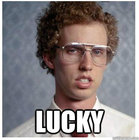 While completing my MFA in Illustration, I had a professor tell me that the planning stage for developing an idea for an illustration - which includes the brainstorming, researching, and rough drafts - can take up to about 90% of your time while the final art takes about 10%. Now, don't fall off the edge of your seat like I almost did. Although those figures may seem high, if you really think about it, he was right. Not convinced? Let me show you. But first, step back from your paintbrush. Don't touch the color palette on your Cintiq tablet. Put away those pastels and markers, and read this: When it's time to create a new illustration, I usually start of by making a list of all the possible directions I could take the drawing. I first decide what kind of mood or theme I want the illustration to portray - humorous, emotional, informational, etc. and write down all possibilities. Sometimes the ideas come as fast as lightening, and others come at me slower than a sloth! But however long it takes to get a good idea, I have to brainstorm. Some illustrators bypass the list and go right to thumbnail drawings. But thumbnails should not be skipped. These are small drawings, about 2" x 3", that let you see if your idea will work visually. I tend to draw very rough thumbnails but I do know some illustrators who have a great talent to draw very detailed, small drawings that are almost like mini-rough sketches. (In the words of Napoleon Dynamite: "Lucky.") 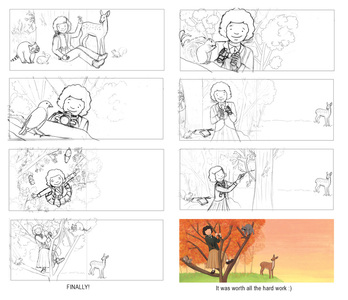 In the thumbnails, I'll try different layouts or perspectives. I'll decide if I should put the illustration in a spread or if the text works better as a series of vignettes or panels. Or perhaps I will show facing pages, or two separate illustrations on each page of a spread. So far, all planning and no final drawing. Next, I go through the thumbnails and choose the one that would best showcase the illustration in order to develop it into a rough sketch. I will also research further at this point, going to the library, looking online for facts or photos, conducting interviews with people who may be knowledgeable about the topic, taking my own photo references, etc. Often times I make multiple versions of the same illustration, just to make sure I have found the best composition possible. Still no final illustration yet! Then it's time to get some input from my critique groups. (I emphasize the "s" in "groups" because I think it's important to belong to at least two different groups to get various perspectives on your work.) If you're not part of a critique group, you are losing out on improving your skills and knowledge greatly. Critiquing is probably the most crucial stage of the illustration process. You need to have other people's points of view and opinions because fresh eyes will catch things that you don't see. You are too tied to your work and might not see where things may not work as well as you thought. Because guess what? If you were working with an art director or an editor on a project, they could have you make changes, too. Sometimes over, and over, and over, and over again. Just look how many times it took me to get the image Albert Whitman & Co. wanted for the page about Rachel Carson in "The Hero in You." By the time it was over, I wanted to hide away in a tree, too! Hey... don't touch that paintbrush yet. You still haven't heard me say to go to the final art. From the critique feedback, I go back and evaluate my work. I don't always agree with all the feedback, but if multiple people are telling me the same thing chances are it needs to be fixed. Other times, people just misinterpret something or simply have a different opinion. After all, this business is subjective, right? Then I adjust the rough sketch, and get it critiqued again. And again, and again, and again until I feel like it's at the place where it should be. Okay, we're getting close. The next stage is to refine or redraw the sketch and prepare it for final art. Some artists create color roughs to plan out the color scheme they'll use. These are just thumbnail size colored in drawings of your artwork. I don't always do color roughs, but I will often create a value rough. And I always convert my work into grayscale every so often during the final art stage to make sure the central focus has the best contrast. This also helps to make sure that two values of the same range are not touching or too close to each other. (More about the importance of value patterns in future posts.) Alright, you've been patient enough. Go ahead and grab your brush - now you're ready to finish your work! At this point, your composition should be finalized, and it's just a matter of rendering. All the kinks should have been worked out in the previous stages so that all you're left with is coloring and/or shading to bring your illustration to life. Then bring your work back to your critique group to make any necessary changes before submitting the work to the art director. Don't be surprised if the art director or editor wants you to adjust a color or a shadow or a highlight here or there. It's all part of a very long process. Whatever your final art technique is, by taking the time to plan out your work, seeking people to critique your work, really thinking about the color and value of the finished piece, AND being open-minded and patient, you should wind up with an illustration that will come out better than your original idea, and better than you could have possibly imagined.  Angela Padron is a published illustrator of two books, including "The Hero in You" by Ellis Paul, as well as a Star Wars geek and chocolate chip cookie connoisseur. She also writes and illustrates her own picture books, board books, and chapter books. When she's not teaching, Angela works as a freelance writer and editor for educational publishers and spends weekends enjoying walks along the beach with her family. View her online portfolio at www.angelapadron.com. You can also "like" her facebook page, follow her on Twitter @angela_padron, and follow her own blog called "Show and Tell" with weekly posts about teaching, writing and illustrating books for children. |
Meet the Friday Blogonauts
First Fridays will feature Bryan Patrick Avery, published writer , man of mystery, and professional magician among other things.
Second Fridays will feature awesome multi-award winning author Marsha Diane Arnold who will be writing about character-driven and/or nature-based books and/or anything she likes :) Third Fridays will feature independent Aladdin/Simon & Shuster editor Emma Sector who has helped bring many books into the world. Fourth Fridays will feature the great Christine Taylor-Butler who has published over 70 award-winning fiction and non-fiction and nonfiction books including the acclaimed new middle grade series - The Lost Tribes. Fifth Fridays will feature the fabulous Carl Angel award-winning multi-published Illustrator and graphic designer. Join our Tribe
and receive 7 Steps to Creative Happiness, access to free webinars, and lots more!
Your email addresses are always safe and respected with us. Follow our Blog!
Archives
January 2019
Categories
All
|
|
Discover
|
About Us
|
Join Us
Join our Community and receive a fabulous free gift, KidLit tips, newsletters, scholarship info, contests, and more!
Join our KidLit Mentorship |
Social Media
Interact with our FaceBook Group or follow us on:
|
© 2010-2024 All content on this website is copyrighted. Sorry, all courses are non-refundable.
